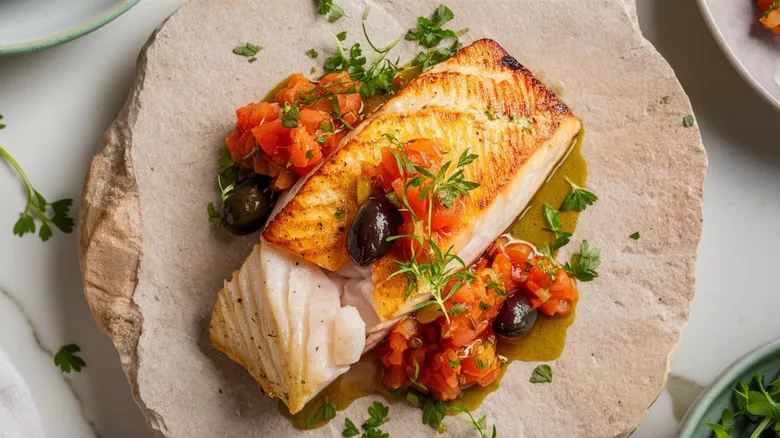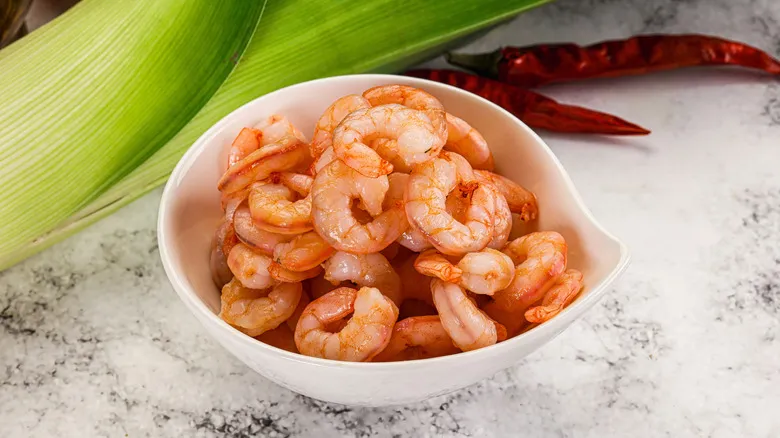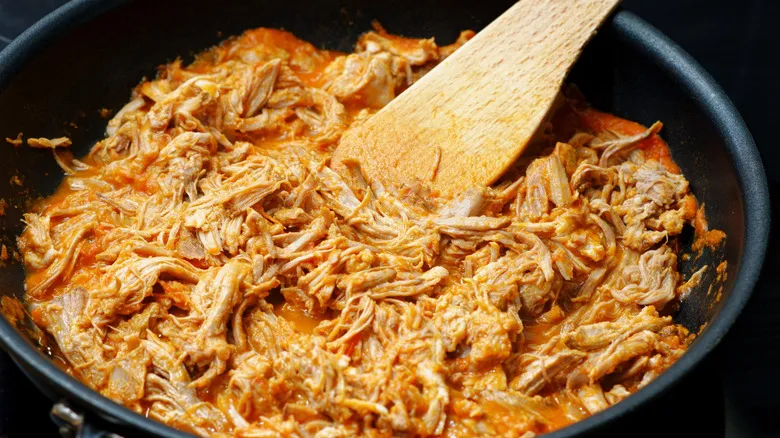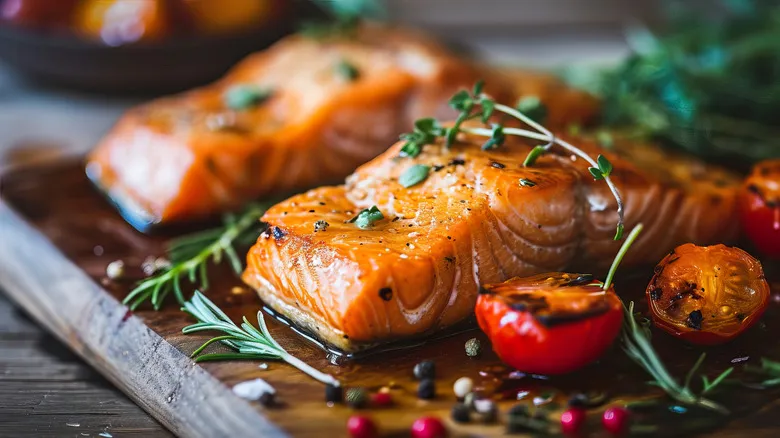Also consider the fattiness of the fish and the cut

When substituting one fish for another in a recipe, it's essential to consider both texture and flavor. If you intended to use a richer fish like salmon, you might opt for another oily, flavorful option such as arctic char. For fish with a moderate fat content, like branzino, alternatives could include sea bass or dorade. If your recipe calls for a flaky fish like cod, a suitable substitute would be another flaky variety, such as halibut.
Another crucial aspect to consider is the type of fillet you plan to use. There are three main types of fish fillets: whole fillet cuts, V-cuts, and J-cuts. Sticking to a similar cut that matches in size and weight will help maintain the same cooking time and method outlined in the recipe. If the dish requires the skin to remain on, select a fish with skin that is also edible.
Additionally, while some inexpensive fish are worth purchasing, others should be avoided. Opt for fish that are nutritious and sustainably sourced, such as mackerel, grouper, and hake. Steer clear of species that are overfished, raised in poor conditions, or contain harmful pollutants, like orange roughy and Atlantic cod. Ultimately, by following chef Ajay Sharma's substitution tips, you'll be well-equipped to create a delicious seafood dish, regardless of the fish you choose.
Recommended

For Better Canned Shrimp Don't Skip This Step

How To Repurpose Leftover BBQ Pulled Pork Into Another Satisfying Meal

Perfect Chicago-Style Italian Beef Starts In Your Freezer

The Easy Baking Soda Hack For Bakery-Worthy Pretzels Without Lye
Next up

